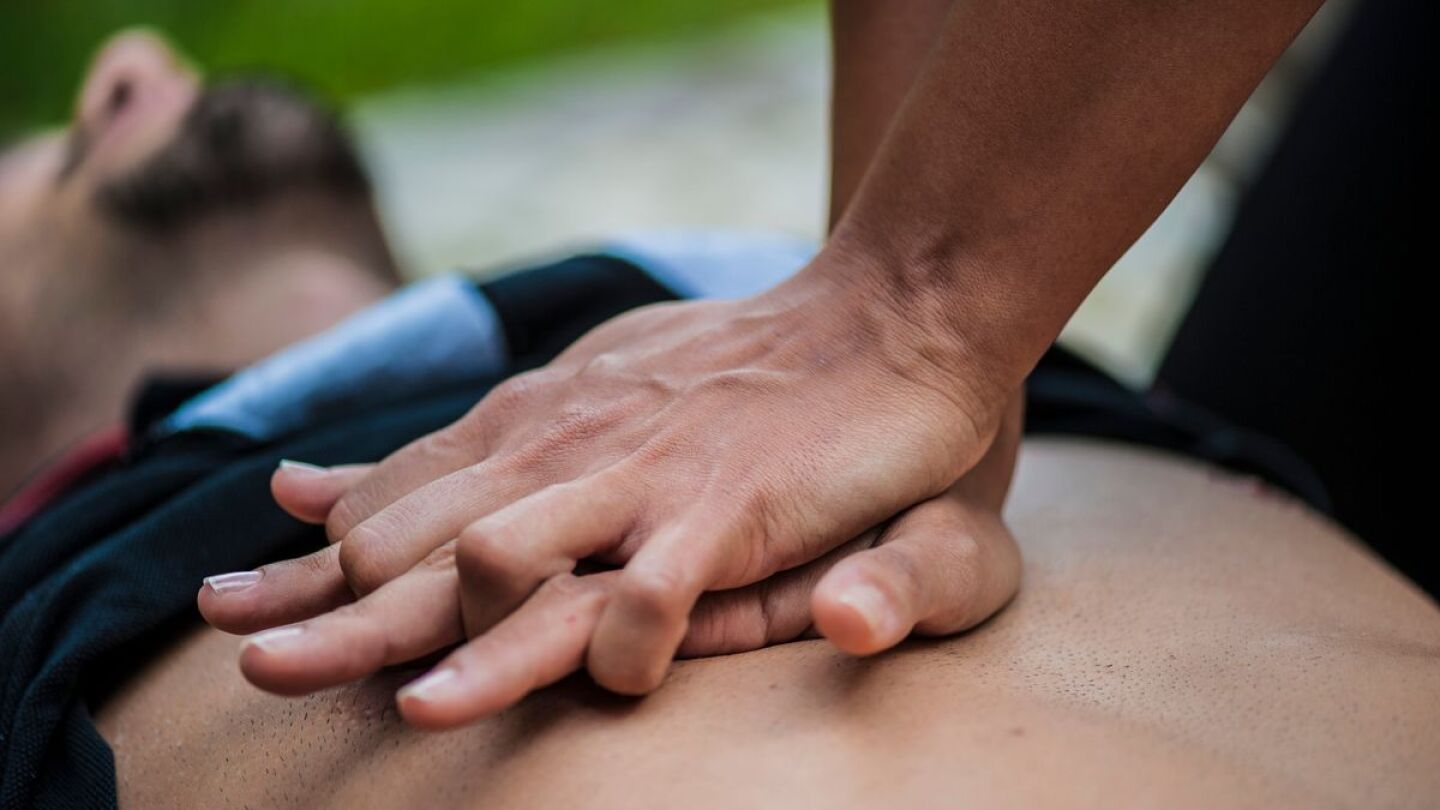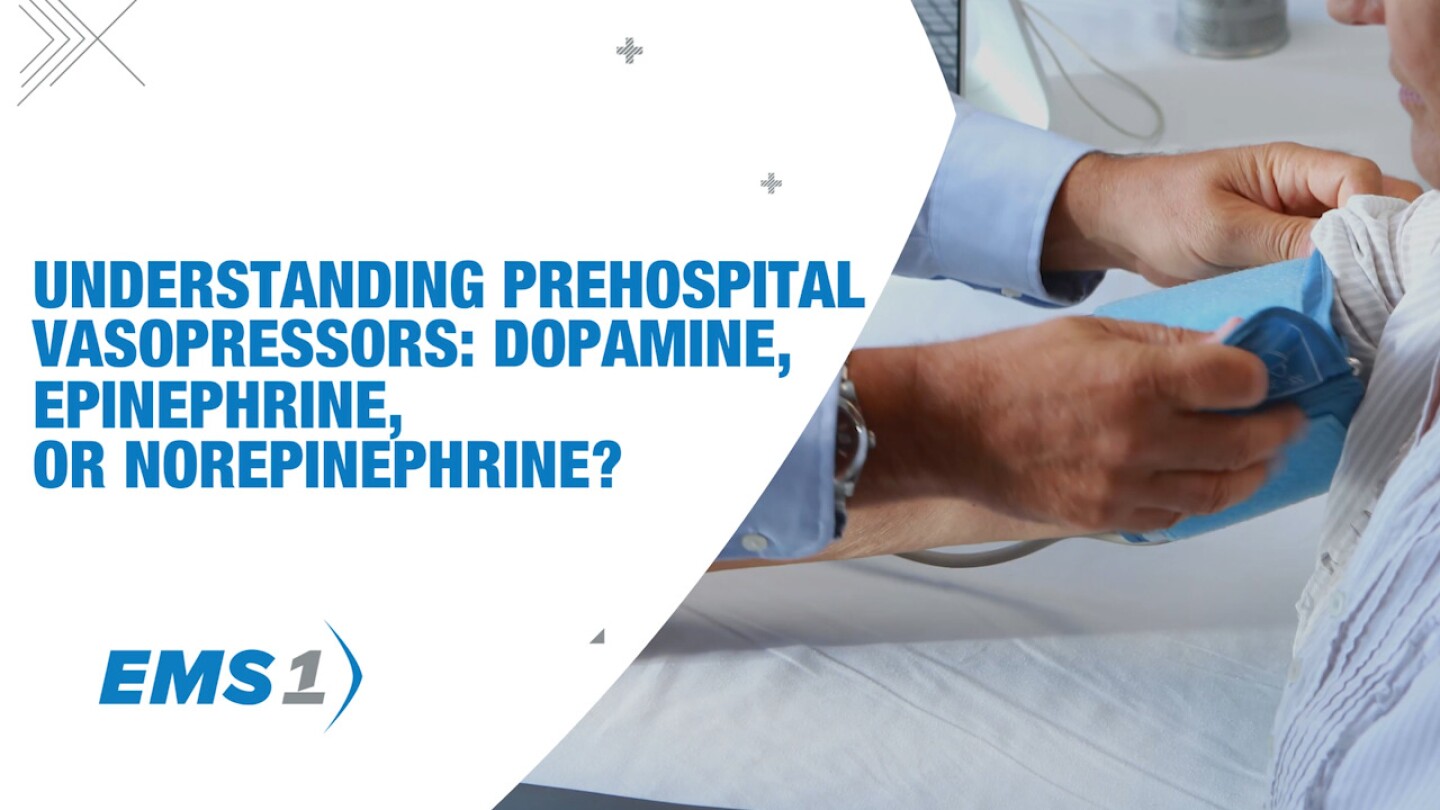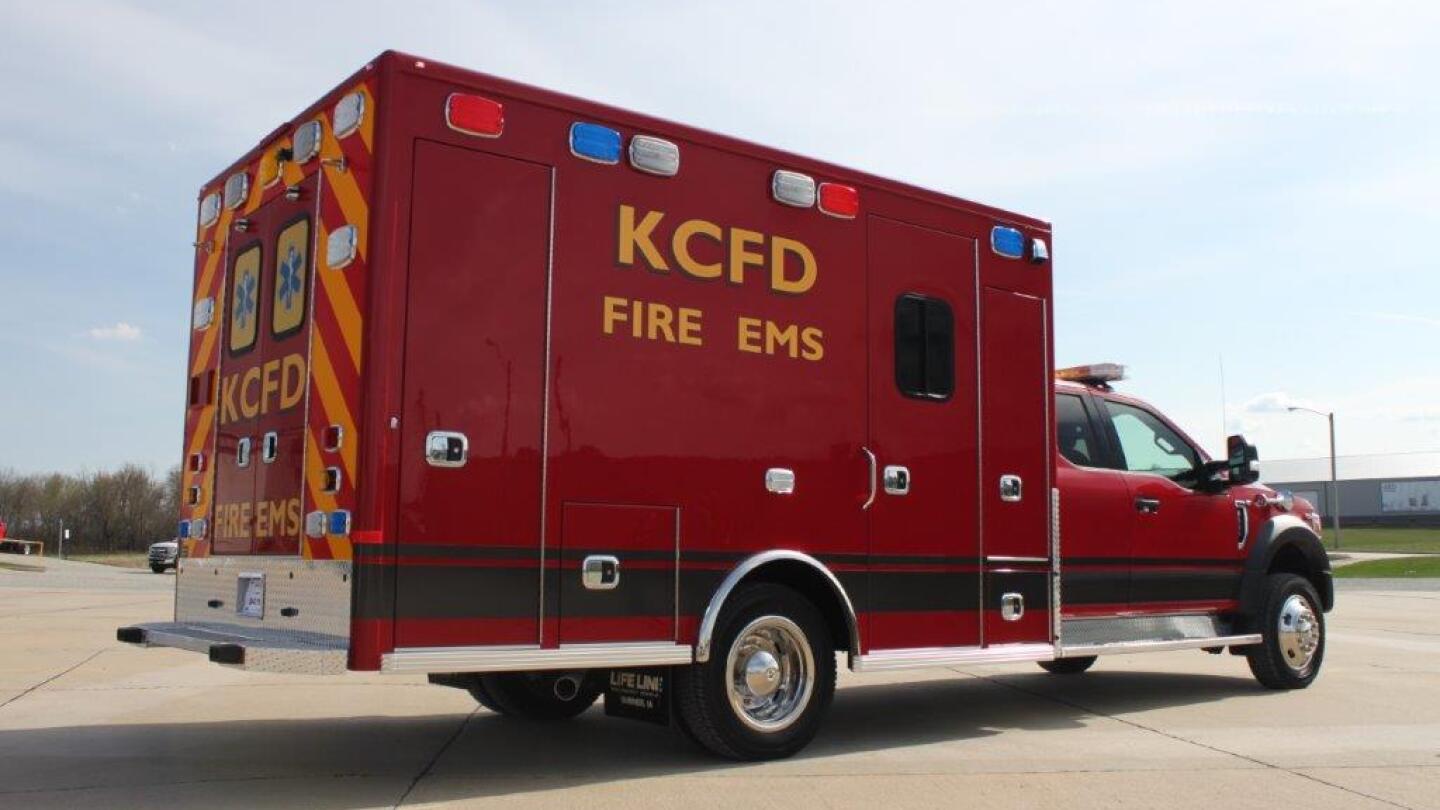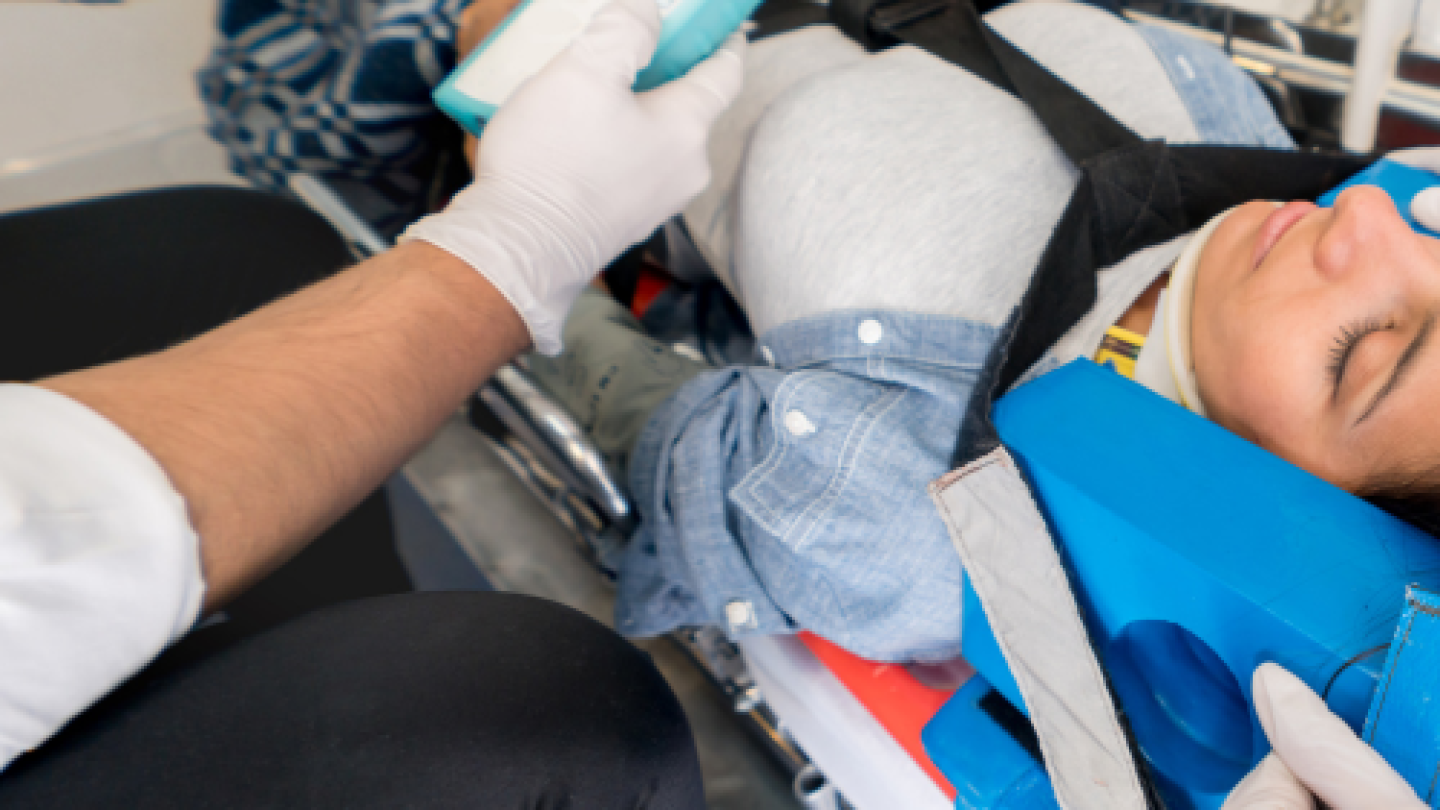Cardiac Care
Explore our comprehensive directory of articles on Cardiac Care in EMS, tailored to support professionals in assessing, treating, and managing cardiac emergencies. This collection covers essential topics such as ECG interpretation, advanced cardiac life support (ACLS), and the latest heart attack and arrhythmia management protocols. Mastering cardiac care is crucial for improving patient outcomes in life-threatening situations. For related content, check out our resources on Emergency Medical Procedures. Stay informed and enhance your skills in cardiac care with our expert-driven content.
Every time we take our hands off the chest, perfusion pressure — and the chances of ROSC — drops
This curated list of songs maintains the perfect tempo to guide your CPR compressions, ensuring you’re prepared to act swiftly and effectively in emergencies
A comprehensive look at vasopressors: functions, differences and application strategies
A department review found paramedics and EMTs followed recommended chest pain procedures in just 13.2% of cases
Two hikers were struck by lightning near the summit of Torreys Peak, prompting a daring helicopter hoist rescue at 14,200 feet, believed to be the highest in Colorado history
Eight fellow first responders, honored with a CPR Save Award, are credited with saving a North Regional firefighter
In a push to boost cardiac arrest survival rates, Bakersfield Hospital and the American Heart Association held CPR demos inside banks, turning everyday errands into lifesaving opportunities
Swift, coordinated action by first responders helped revive a child, restoring a pulse before the patient was airlifted to Cook Children’s Medical Center
A UT Southwestern study of 500K cardiac arrest cases finds survival has not returned to pre-pandemic levels, especially in Black and Hispanic communities
After responding to a call just blocks from their station, Wichita Fire Station 5 and Sedgwick County EMS resuscitated a newborn in distress
With more than 350,000 out-of-hospital cardiac arrests annually in the U.S., the majority prove fatal, often due to delays in care. Quick intervention is critical, yet fewer than half of victims receive help before EMS arrives
Assign someone to monitor the patient’s airway visually and with capnography using these five tips
Avoid misdiagnosing atrial flutter as sinus tachycardia by mastering these ECG interpretation strategies
Richmond University Medical Center set a record with a 78-minute “first contact to balloon time” for a severe heart attack patient, well under the 90-minute benchmark
Research has shown that firefighters and EMTs face special risks of cardiac disease and stroke; here are 10 ways to lessen your risk
A North Haven officer’s 9-year-old daughter’s quick thinking and guidance from a dispatcher helped revive her father during cardiac arrest
Unpack the facts and myths behind nitroglycerin use in EMS, from nitro dosing to contraindications for EMTs and paramedics
Explore how alpha and beta receptors within the autonomic nervous system regulate vital involuntary functions and respond to stressors
The shock index calculator can identify patients at risk of deterioration, even when other vital signs seem normal
Backed by a voter-approved bond, St. Charles County Ambulance District is building its largest station and adding 70+ cardiac monitors to enhance EMS service
Experts warn that driving someone to the hospital during a medical emergency can cost critical time
The off-duty paramedic couple sprang into action during their anniversary dinner, rushing to save an elderly woman who was choking
Understand how continuous waveform capnography and ETCO2 monitoring during CPR can improve cardiac arrest outcomes
Learn how to differentiate supraventricular tachycardia from sinus tachycardia on ECGs by examining P wave visibility, heart rate, and rhythm regularity.
Quickly and confidently interpret EKG rhythms using this 10-step method tailored for EMS providers, helping improve prehospital cardiac care
Identifying and treating tension pneumothorax, a life-threatening condition that can occur with chest trauma
Off-duty Bedford Paramedic Remy Surprenant, alongside a retired Salem fire captain and staff, helped save a man in cardiac arrest, earning him two EMS Life Saving Awards
Capnography and ETCO2 monitoring are critical for assessing ventilation, confirming airway placement and guiding resuscitation
MOST POPULAR
- Internal audit finds ‘alarming’ lapses in Kansas City EMS chest pain response
- The basics of thoracic trauma: It’s all about airflow and pressure
- N.Y. hospital sets STEMI speed record
- Nitroglycerin explained: Proper dosing and critical contraindications
- Fla. man reunited with paramedics who saved his life































